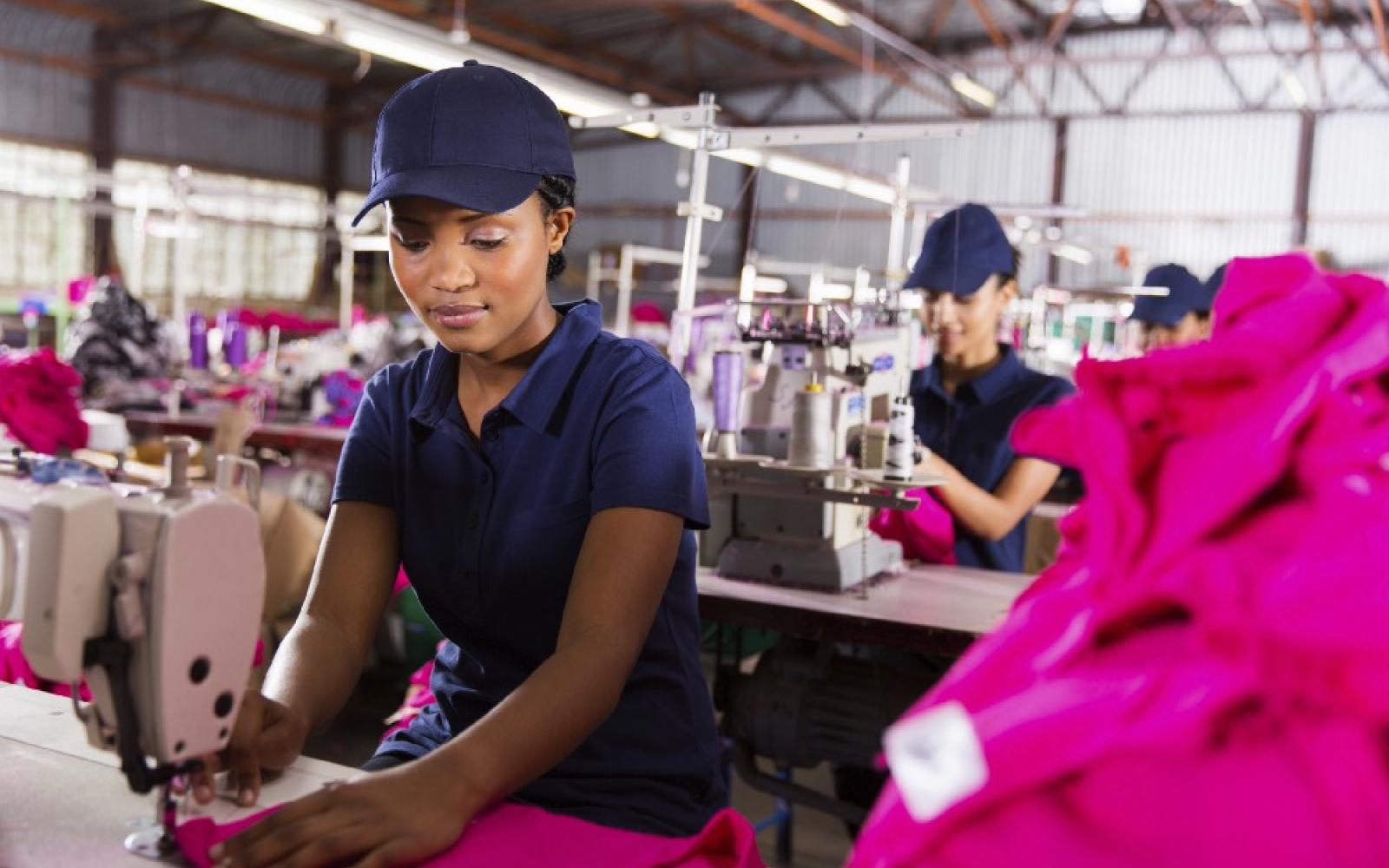
Each year, 80 billion pieces of clothing are purchased across the globe, which is 400% more than 10 years ago. Unsurprisingly these sales constitute a major financial market. The fashion brand Christian Dior is one of the biggest companies in the world — last year their sales totalled $41.6 billion, roughly equivalent to the GDP of Tunisia. The fashion industry is of increasing global importance but in the context of pressure to drive down costs and drive up profit margins there is an emergent moral crisis.
On the 24th April 2013 the Rana Plaza building in Bangladesh collapsed killing 1,129 people and injuring a further 2500. Attributed to a structural weakness, the incident was deemed the deadliest garment factory accident in history. The tragedies of the apparel industry aren’t simply confined to freak incidences. The structures that underpin consumption and production are deeply flawed. ‘Fast fashion’, the byword for cheap clothing that masks its social and environmental costs, demands a whole new meaning under the realisation that in the US alone 14.3 million tonnes of textiles are discarded each year. The statistic is particularly painful, given the knowledge that the pressure to produce cheap cotton has been linked to the suicides of 250,000 farmers in Cambodia, the cheapest source of the material globally.
Whilst the Rana Plaza disaster is widely seen as a symbol of an industry in moral crisis, even the most cursory glance at the daily production of fashion confirms that this crisis is structural. Contemporary fashion is caught between public façades of flawless affordable perfection on catwalks, Instagram feeds and shop windows, and the inconvenient machinery that enables and underpins the illusion: sweatshops, toxic dyes and exploitation.
Understanding the Problems
Hailing the shouts from protestors across Bangladesh and solidarity movements, such as the #whomademyclothes Twitter campaign, companies and governments have been responding to the events at Rana Plaza in a variety of ways: from sharing information on factory inspections to funding infrastructure projects. Despite the valuable work of many brands, it seems that many of the more agile, innovative solutions are coming from a new player in the fashion field: social entrepreneurs.
This was one of the key drivers behind Fabric of Change, an initiative launched by Ashoka and C&A Foundation to source, support and accelerate innovations for a fair and sustainable apparel industry. This three-year initiative is unlocking the unique power and potential of social entrepreneurs and their solutions to transform the apparel industry as a force for good.
Rooted in the perspectives of Ashoka Fellows and additional insights from industry experts, the Fabric of Change Social Innovation Mapping uncovers the barriers to and design principles for transformative change within the apparel industry.
Fabric of Change is now working to support, spotlight and accelerating social innovators and their solutions to these barriers.
- Hidden from View — Conditions in supply chains are often obscured
The Fabric of Change report found that at the heart of fashion’s sustainability problem was a visual obstruction; brands, consumers and regulation agencies simply can’t look back to supply chains and see where products come from. Fashion supply chains are notoriously decentralised, the scale of orders demanded by large retailers is usually way beyond the capacity of any one workshop. Factories such as Rana Plaza may be asked to make around 180,000 shirts per day at a price of around $0.20 or risk losing contracts and not being paid at all. The result is long chains of sub-contractors who are challenging to track and hold accountable. Even brands that invest in monitoring their supply chains “obtain only irregular and inaccurate information”.
- “No one should die for Fashion”
Looking at the profiles of the 5 factories housed in Rana Plaza and their 3639 workers, serves to illuminate trends in the industry more broadly. 80% of the workers were young women “18, 19, 20 years of age, working around 100 hours a week. The most junior staff took home 12 cents an hour, and the most senior sewers raised this to 24 cents an hour. These wages are the result of an effort to cut costs by moving from country to country, finding the cheapest labour and least regulated workforce. This cycle of exploitation is particularly targeted at women and migrant workers, the most vulnerable in the chain. Essential services such as childcare and healthcare are critical to the long-term wellbeing of low-income workers, helping them to have long term, quality of life. In the words of a placard held by one garment factory worker at the protests around the Rana Plaza collapse “No one should die for fashion.”
- Making the Right Choices
Unsurprisingly, considering the lack of knowledge that many corporations hold around their own supply chains, consumers aren’t particularly aware of the blood and sweat that is woven into their purchases. There is little information available to consumers at point-of-purchase that helps them to make decisions that align with their values. Whilst millions were horrified by the Rana Plaza disaster, it would be nearly impossible for a consumer to identify whether the next high street garment purchased came from that site or one very similar. Even when some information is available ethical products are frequently priced out of the reach of the average consumer.
- Fighting the System
The current fragmented and decentralized supply chains disincentivises companies from prioritising sustainability. The high profit margins promised by “fast fashion” have engaged companies in a system of “rapid fire production” where low costs triumph all other considerations. To create a truly sustainable fashion industry requires a consistent supply and demand of both sustainable materials and processes. We must transform a broken supply chain into a web of collective responsibility.
- Finding the Solutions
Ultimately the challenges facing the fashion industry are complex and multifaceted: the incentives of contemporary capitalism are intertwined with the challenges of development and the vulnerabilities of low income populations. Fabric of Change identifies, supports and give visibility to leading social innovators creatively and collaboratively tackling social and environmental issues within the apparel industry. But social innovators alone cannot solve these complex problems. Sector partners are crucial in enabling the impact and acceleration of these social innovators — together we can transform the apparel industry and spark a global movement for change.
Learn more about Ashoka and C&A Foundation’s Fabric of Change Initiative here, or follow the conversation on Twitter at #FabricOfChange
This article was first published here on trust.org on 31st November 2016, it was written by Ashoka and ThomsonReuters Foundation.
